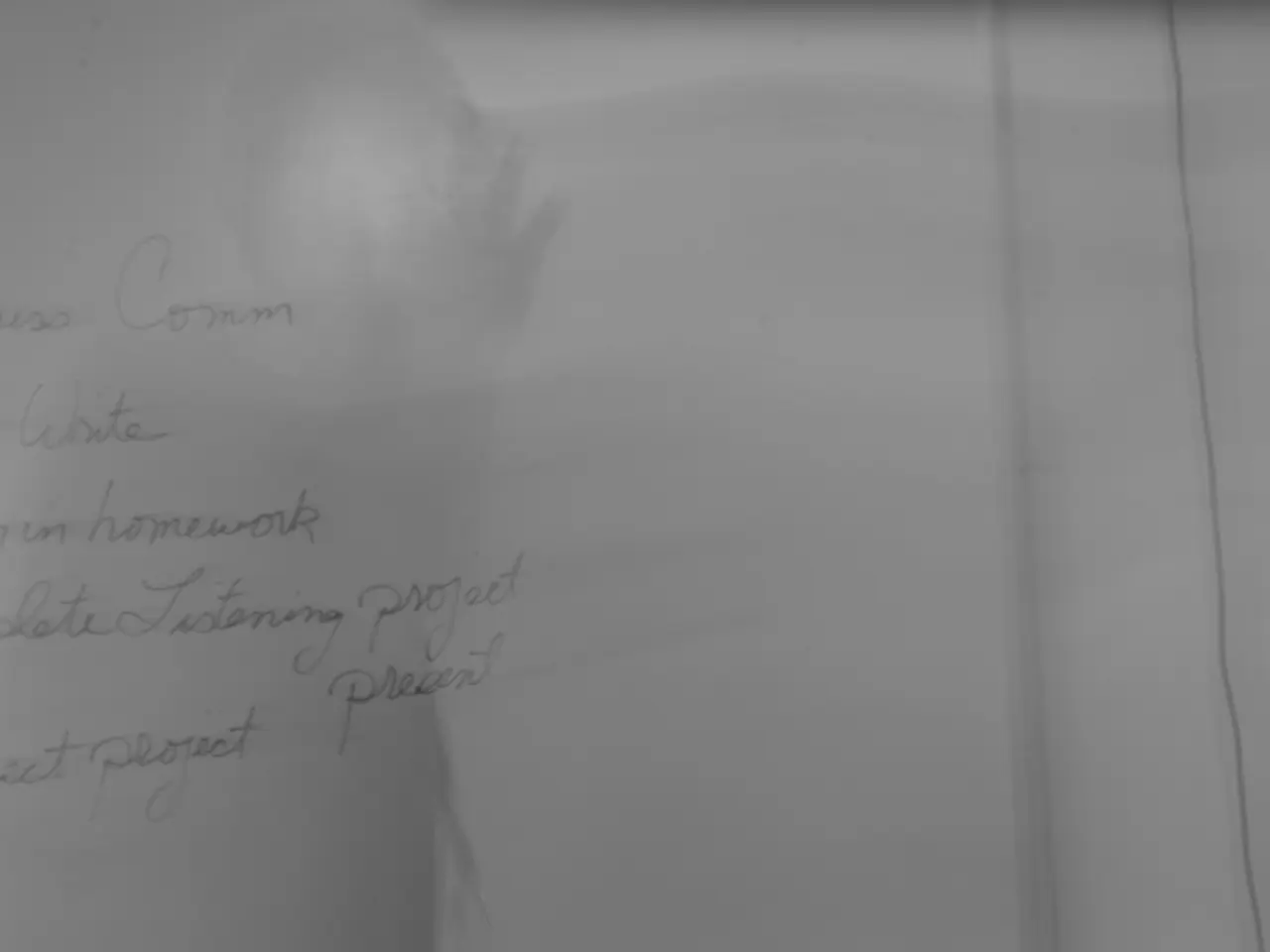Tehran faces water shortage, forcing shutdown of public restrooms
In the heart of Iran, the city of Tehran is grappling with a severe water crisis and prolonged power outages, causing a significant impact on its approximately 15 million inhabitants.
The situation has worsened to such an extent that public toilets, a essential necessity for many, have been forced to close due to the scarcity of water [1][2]. Eyewitnesses have confirmed the closures, even near and inside metro stations.
President Massud Peseschkian, acknowledging the gravity of the situation, has considered the current state a "natural disaster" that could escalate in a few weeks, as all dams in the country are almost empty [3]. The President is also considering relocating the capital to prevent potential chaos.
The power outages, though the exact cause remains unspecified, have led to hours-long blackouts, making the use of air conditioners impossible at temperatures between 40 and 50 degrees [1]. Power outages have also been reported in various parts of Iran due to the water crisis [3].
To combat the crisis, the government has implemented water-saving measures, including widespread water rationing with prolonged supply interruptions, targeting so-called “bad consumers” by suspending over 47,000 water accounts, and launching aggressive conservation campaigns [1][2][3]. These measures also involve emergency water cuts with some households receiving only hours of water intermittently daily.
The government has proposed a plan to close workplaces and schools one day a week to reduce water and electricity use, but this has faced public criticism [2][3]. Due to negative economic impacts, these plans for a reduced workweek or capital shutdown have been postponed for now.
News portals such as Didehban-Iran and Shargh have reported these developments, with the latter writing that the situation is deteriorating further [1]. Many Tehran residents have taken to social media to express their concerns about the living conditions.
Despite these efforts, the water crisis continues to escalate, with water reservoirs supplying Tehran at historic lows and only about 13-14% capacity remaining [1][3]. This has forced the city to rely heavily on groundwater, which now accounts for over 60% of the supply—double the rate of a decade ago [1][3].
The Tehran city administration has not yet commented on the reports regarding the closures of public toilets and the power outages. The government, however, has urged citizens to consume less water in an effort to alleviate the crisis.
[1] Shargh News Portal [2] Didehban-Iran News Portal [3] Iran International
- The water crisis and prolonged power outages in Tehran, exacerbated by the scarce availability of water, have led to the closure of public toilets, even in locations near metro stations.
- President Massud Peseschkian has noted the severity of the water crisis situation in Tehran, stating that it could escalate into a natural disaster within a few weeks, given the almost empty dams in the country.
- As part of the government's efforts to combat the water crisis, environmental science, policy-and-legislation, and general news outlets like Shargh News Portal, Didehban-Iran News Portal, and Iran International have been reporting on water-saving measures such as widespread water rationing, closures of water accounts for "bad consumers", and aggressive conservation campaigns.







